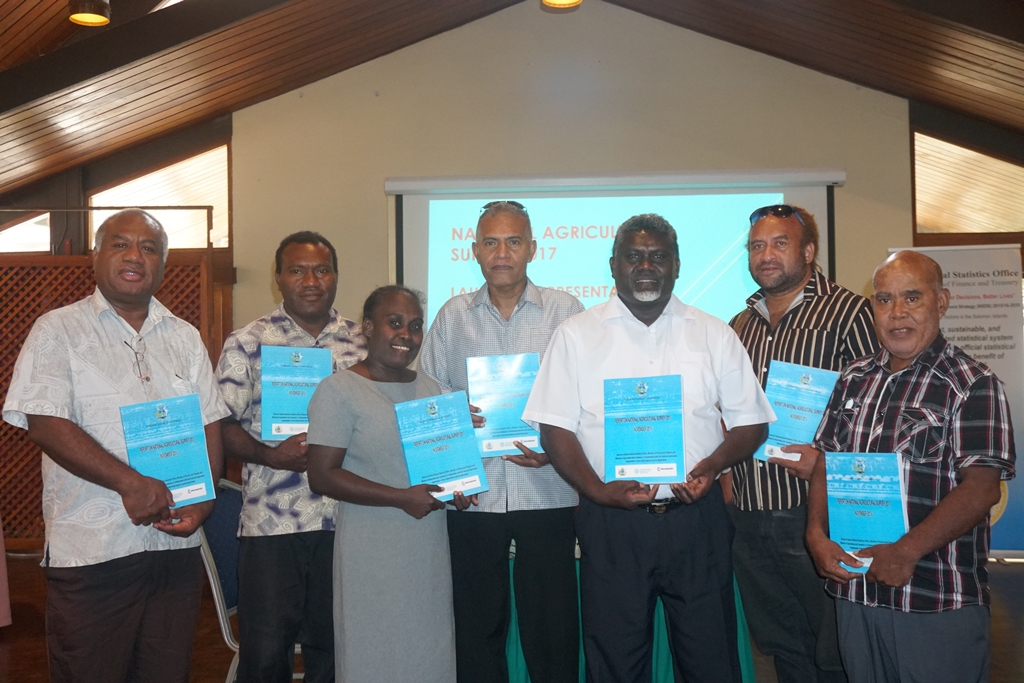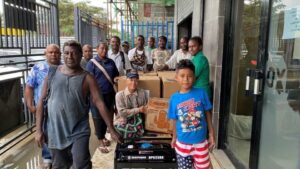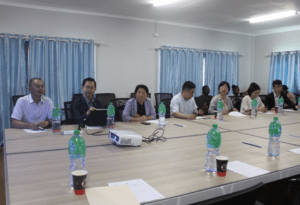BY SINSO Media
THE recently launched National Agriculture Survey 2017 report has revealed a number of challenges that continue to deter agriculture development in the country.
Envisioned to assist the government through its responsible ministry, the Ministry of Agriculture & Livestock (MAL) with planning to improve agriculture production in the country based on the data collected, NASP 2017 was the country’s first-ever national agriculture survey conducted since the 1970s and thus covers all selected household agricultural holdings across the country.
The survey provides benchmark data on land use, type of agriculture and related activities, the structure of agricultural holdings and their main characteristics to support the strategic plans and programmes of the Solomon Islands on agriculture production and investment as well as to support development of some Sustainable Development Goals (SDGs) indicators in the agriculture sector.
“This is extremely a very sad report for the government,” said Government Statistician and Census Commissioner, Douglas Kimi while delivering the Minister of Finance and Treasury (MoFT) Hon. Harry Kuma speech who unable to make it to the official launch of the report last Thursday 14 November.
Mr. Kimi said, according to the report, less than 1 percent of agricultural households had access to credit/loans for agricultural activities. Again this is very low indeed and more needs to be done to encourage our agricultural farmers’ to access credit.”
On the challenges or drawbacks of the report findings, Mr. Kimi said: “The NAS 2017 report further shows that about 4 percent of agricultural households received extension services from government. This is extremely low and a very sad report for the government.
“…the report again reveals that about 40 percent of our landmass is occupied by households engaged in agriculture activities. I also observe that about a third of the households in agriculture occupy less than 1 hectare of land. The land is a key driver of economic development and thus access to land for development is a key challenge for the government.
“…I note that a high proportion of land used for agriculture falls under customary land tenure. I want to encourage our small agriculture holders, especially under customary land to expand activities and also progressively free up their land for bigger agribusiness investments under fair, equitable and mutually agreed systems so that they can benefit by maximizing the use of their land and resources. As you know, without access to land for development or land expansion for development, our country will continue to struggle to grow,” Mr. Kimi stressed.
On the impact of climate change and natural disasters on agriculture, Mr. Kimi said about 617, 000 hectares of the land area of households in agriculture had been affected by climate and natural disasters.
“And the estimated annual value of agriculture output lost as a result of climate change and disasters is about $21.5 million. I find these new indicators extremely important in supporting our policies in mitigating the cost to the economy from natural disasters and climate change,” he added.
The project (NAS 2017) was supported by the Solomon Islands Government (SIG) through the Ministry of Agriculture and Livestock (MAL) in partnership with the Ministry of Finance and Treasury through its National Statistics Office with the Technical support from Food and Agriculture Organisation (FAO) and the World Bank.




